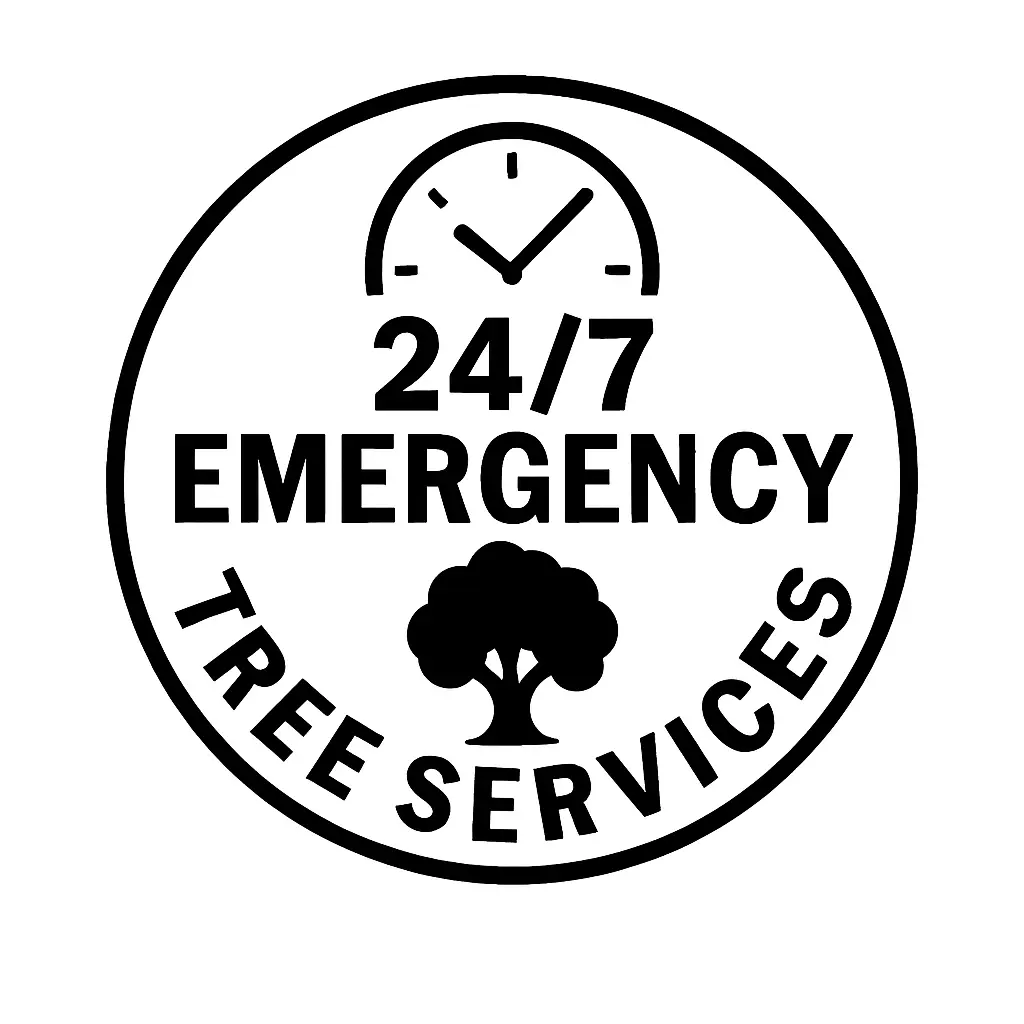A sudden hard freeze can wreak havoc on your beloved plants, causing visible damage and jeopardizing their health. This tutorial will lead you through the crucial procedures for rescuing your plants from below-freezing conditions. Swift and informed action is key to minimizing the impact of a hard freeze and promoting a speedy recovery for your green companions.
Signs of Freeze Damage
As a vigilant plant enthusiast, identifying signs of freeze damage is crucial in determining the best course of action for your cherished greenery. Below, we delve into common indicators that your plants have fallen victim to freezing temperatures, accompanied by examples of visible damage.
Wilting: One of the most immediate and noticeable effects of freezing temperatures is wilting. The cold causes water within plant cells to freeze, leading to cell damage and subsequent wilting. Watch for drooping or sagging leaves, which may signal frost-induced stress.
Discoloration: Freezing temperatures can result in distinct discoloration of plant tissues. Leaves may turn brown or black or exhibit unusual hues, indicating damage to cell structures. Observe changes in coloration as a key indicator of potential freeze-related harm.
Ice Crystals: In more severe freezes, the formation of ice crystals on plant surfaces is a clear sign of damage. These crystals can disrupt cellular structures and lead to irreversible harm. Look for frost patterns on leaves or the presence of ice crystals as visual evidence of the freeze’s impact.
|
Sign of Freeze Damage |
Description |
|
Wilting |
Drooping or sagging of leaves and stems. |
|
Discoloration |
Browning, blackening, or abnormal coloration. |
|
Ice Crystals |
Presence of frost patterns or visible crystals. |
By familiarizing yourself with these signs and utilizing the accompanying table, you’ll be better equipped to swiftly assess the impact of freezing temperatures on your plants. This knowledge lays the foundation for proactive and targeted measures to save your green companions from the clutches of a hard freeze.
Immediate Steps to Take
When faced with the aftermath of a hard freeze and the visible signs of damage on your plants, immediate action is essential. Below, we provide a comprehensive guide outlining the necessary steps to take, along with a detailed table to assist you in prioritizing and assessing the extent of damage.
Immediate Actions to Take:
|
Step |
Description |
|
Assess the Damage |
Conduct a thorough inspection of all plants affected by the freeze. Identify the extent of damage, focusing on leaves, stems, and buds. |
|
Remove Dead or Damaged Parts |
Prune away any visibly damaged or dead parts of the plant. This includes wilted leaves, discolored stems, and any areas affected by ice crystals. |
|
Check Soil Moisture |
Evaluate soil moisture levels. Adjust watering if necessary, ensuring the soil is neither too dry nor soggy. Adequate moisture is crucial for plant recovery. |
|
Provide Temporary Shelter |
If the freeze is ongoing or expected to continue, provide temporary shelter using frost cloths, blankets, or other protective coverings to mitigate further damage. |
|
Insulate Container Plants |
Container plants are more susceptible to freezing. Insulate containers by wrapping them with bubble wrap or moving them to a more sheltered location if feasible. |
|
Monitor Weather Forecasts |
Stay informed about upcoming weather conditions. Be prepared to implement additional protective measures based on forecasts to safeguard plants from further harm. |
Importance of Assessing and Prioritizing:
|
Aspect to Consider |
Importance |
|
Rapid Response |
Swiftly addressing freeze damage prevents further stress on the plants and enhances their chances of recovery. |
|
Strategic Pruning |
Identifying and removing damaged parts helps redirect the plant’s resources to healthier areas, promoting new growth. |
|
Soil Condition |
Assessing soil moisture ensures that plants receive adequate hydration, a critical factor in their recovery. Adjust watering practices accordingly. |
|
Preventive Measures |
Providing temporary shelter and insulation shields plants from ongoing or future freezes, preventing additional damage. |
|
Continuous Monitoring |
Keeping an eye on weather forecasts allows for proactive measures, ensuring your plants remain protected from subsequent freezing events. |
By following these immediate steps and considering the insights provided in the tables, you empower yourself to respond effectively to freeze-related plant damage, increasing the likelihood of a successful recovery for your cherished greenery.
Protective Measures During a Freeze
Protecting your plants before a hard freeze strikes is a proactive strategy that can significantly minimize the risk of damage. Here, we provide comprehensive guidance on preemptive measures, accompanied by practical tips in the form of a detailed table, to help you fortify your green companions against the chilling effects of freezing temperatures.
Preemptive Measures to Protect Plants:
|
Preventive Action |
Description |
|
Monitor Weather Forecasts |
Stay informed about impending cold weather. Regularly check local weather forecasts to anticipate freeze events and take timely preventive measures. |
|
Water Plants Thoroughly |
Well-hydrated plants are more resilient to freezing temperatures. Water the soil thoroughly before the freeze to ensure plants have ample moisture for insulation. |
|
Mulch Around Plant Bases |
Apply a layer of mulch around the bases of plants to insulate the soil and protect the roots from extreme cold. This helps maintain a more stable soil temperature. |
|
Cover Sensitive Plants |
Identify and cover sensitive plants with frost cloths, blankets, or burlap. Ensure the covering reaches the ground to trap heat and shield plants from freezing winds. |
|
Group Potted Plants |
Cluster potted plants together in a sheltered area. Grouping provides mutual insulation, reducing the risk of individual pots becoming excessively cold. |
|
Install Windbreaks |
Strategically place windbreaks, such as wooden or fabric barriers, to shield plants from cold winds. This helps create a more favorable microclimate around the plants. |
Tips on Covering Plants, Using Frost Cloths, and Selecting Cold-Resistant Varieties:
|
Protective Method |
Tips and Considerations |
|
Covering Plants |
– Use lightweight materials like frost cloths or old bedsheets for covering. |
|
– Secure coverings firmly to the ground to prevent heat from escaping. |
|
|
– Remove coverings during the day to allow sunlight and air circulation. |
|
|
– Avoid using plastic alone as it can conduct cold and cause more harm than good. |
|
|
Using Frost Cloths |
– Select frost cloths with appropriate thickness for the level of protection needed. |
|
– Ensure coverage over the entire plant, securing the cloth at the base to trap heat effectively. |
|
|
– Remove frost cloths once temperatures rise above freezing to prevent overheating. |
|
|
Selecting Cold-Resistant Varieties |
– Choose plant varieties known for their cold tolerance, especially for areas prone to frequent freezes. |
|
– Research and consult local experts or nurseries for recommendations on cold-resistant plant species that thrive in your specific climate. |
Plant-Specific Care Guidelines
Different plants exhibit varying resilience to cold temperatures, requiring unique care strategies to thrive after a hard freeze. Tailoring your approach based on the specific needs of each plant type is crucial. In this section, we offer plant-specific care guidelines, accompanied by practical advice in the form of a detailed table, to help you navigate the diverse requirements of flowers, vegetables, and other common plant varieties.
Plant-Specific Care Guidelines:
|
Plant Type |
Resilience to Cold |
Care Guidelines |
|
Flowers |
– Varied, depending on species. |
– Remove damaged or wilted blooms promptly to encourage new growth. |
|
– Perennials may have more resilience. |
– Apply a layer of mulch around flower beds for added insulation. |
|
|
– Some annuals may succumb to severe freezes. |
– Water the soil thoroughly before a freeze to provide extra insulation. |
|
|
Vegetables |
– Range of cold tolerance. |
– Harvest mature vegetables before a freeze, as they are more susceptible to damage. |
|
– Cool-season vegetables often tolerate frost. |
– Cover sensitive vegetables with frost cloths, ensuring adequate insulation. |
|
|
– Root vegetables may fare better in cold soil. |
– Mulch around plant bases to help keep soil temperature consistent. |
|
|
Shrubs and Trees |
– Established shrubs and trees are generally hardy. |
– Trim broken branches, but do not over prune as this could encourage frost-sensitive new growth. |
|
– Young or recently planted trees may need protection. |
– Wrap tree trunks with burlap or frost blankets to shield against freezing temperatures. |
|
|
– Evergreen varieties may benefit from anti-desiccant sprays to prevent moisture loss through leaves. |
||
|
Herbs |
– Varied cold tolerance among different herbs. |
– Harvest and dry herbs before a freeze to preserve their flavors. |
|
– Perennial herbs may endure milder freezes. |
– Pot herbs and bring them indoors or into a sheltered area for protection during severe cold spells. |
|
|
– Mulch around the base of herbs for insulation. |
– Avoid heavy pruning during freezing weather, as it may stress the plants. |
Addressing Specific Care Strategies:
|
Care Strategy |
Recommendations |
|
Pruning Damaged Parts |
– Use clean, sharp pruners to remove damaged or dead parts. |
|
– Focus on promoting healthy growth by cutting just above healthy buds or stems. |
|
|
– Avoid excessive pruning during freezing weather to prevent additional stress. |
|
|
Adjusting Watering Practices |
– Ensure proper soil moisture by adjusting watering frequency based on plant needs. |
|
– |
|
|
– Avoid overwatering, as waterlogged soil can exacerbate freeze damage. |
|
|
Providing Additional Nutrients |
– Consider supplementing with a balanced, slow-release fertilizer to support recovery. |
|
– Avoid applying fertilizer during freezing weather to prevent potential burn on stressed plants. |
|
|
– Choose a fertilizer with higher phosphorus content to promote root development and overall resilience. |
By embracing these plant-specific care guidelines and incorporating the practical recommendations from the tables, you’ll be equipped to nurture a diverse array of plants through the challenges of a hard freeze, fostering a garden that thrives with resilience and vitality.
Reviving Freeze-Affected Plants
Reviving plants after a hard freeze demands a thoughtful and systematic approach. This section provides detailed step-by-step instructions and a practical table to guide you through reviving freeze-affected plants. From pruning damaged parts to adjusting watering practices and providing essential nutrients, these measures aim to facilitate a successful recovery for your beloved green companions.
Step-by-Step Instructions for Reviving Freeze-Affected Plants:
- Assess the Damage:
- Begin by carefully inspecting each plant for visible signs of freeze damage.
- Identify and note the extent of damage on leaves, stems, and buds.
- Prune Damaged Parts:
-
- Use clean, sharp pruning tools to remove the plant’s visibly damaged or dead parts.
- Focus on areas with discoloration, wilting, or ice damage.
- Cut just above healthy buds or stems to encourage new growth.
- Adjust Watering Practices:
-
- Evaluate the moisture level in the soil and adjust watering practices accordingly.
- Water evaporates excess moisture early in the day before temperatures drop at night.
- Take care not to overwater since soggy soil might make plants more stressed.
- Provide Temporary Shelter:
-
- If freezing temperatures persist, provide temporary shelter using frost cloths, blankets, or other coverings.
- Remove coverings during the day to allow sunlight and air circulation.
- Apply Mulch:
-
- Cover the base of the plants with an organic mulch layer to help insulate the soil.
- Ulch helps regulate soil temperature, protecting roots from extreme cold.
- Monitor New Growth:
-
- Keep a close eye on the plants for signs of new growth.
- Healthy, vibrant shoots and leaves indicate that the plant is recovering.
Pruning, Watering, and Nutrient Application Guidelines:
|
Revival Measure |
Guidelines |
|
Pruning Damaged Parts |
– Use sanitized pruning tools to prevent the spread of diseases. |
|
– Focus on removing damaged parts, including wilting, discoloration, or areas affected by ice crystals. |
|
|
– Prioritize cutting just above healthy buds or stems to encourage regrowth. |
|
|
Adjusting Watering Practices |
– Assess soil moisture levels before watering. |
|
– Water early in the day to minimize the chance of freezing overnight by allowing excess moisture to evaporate. |
|
|
– Avoid overwatering; ensure the soil is consistently moist but not waterlogged. |
|
|
Providing Additional Nutrients |
– Choose a balanced, slow-release fertilizer with higher phosphorus content for root development and overall plant resilience. |
|
– Apply fertilizer sparingly, avoiding direct contact with plant stems and foliage. |
|
|
– For improved plant health, consider adding micronutrient supplements, such as iron and magnesium. |





